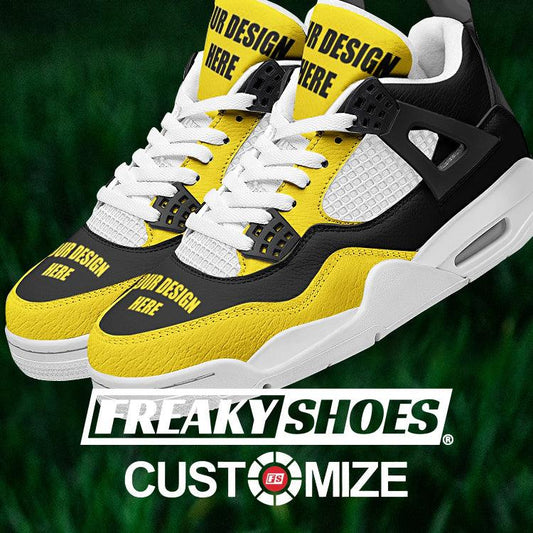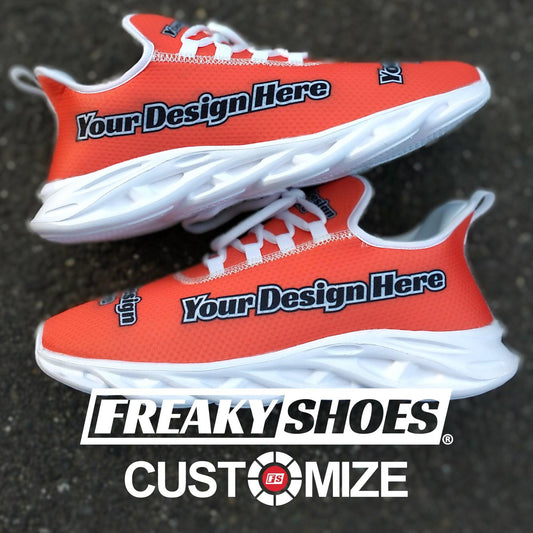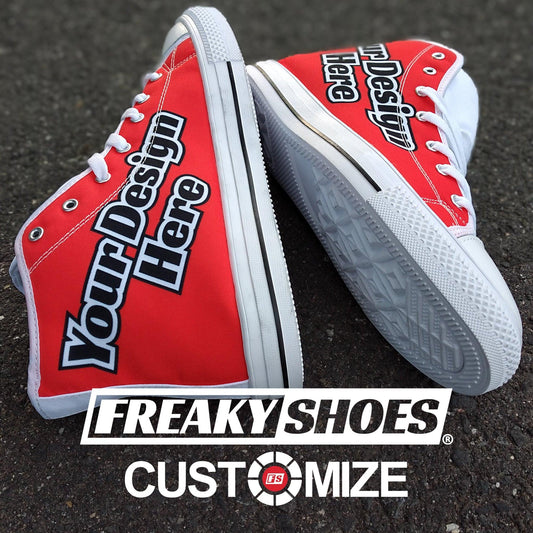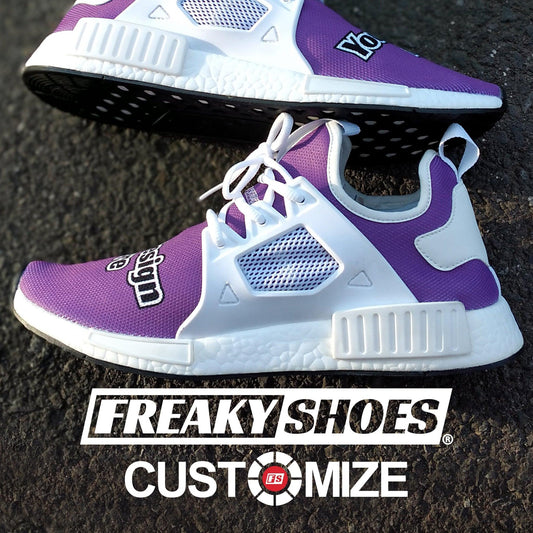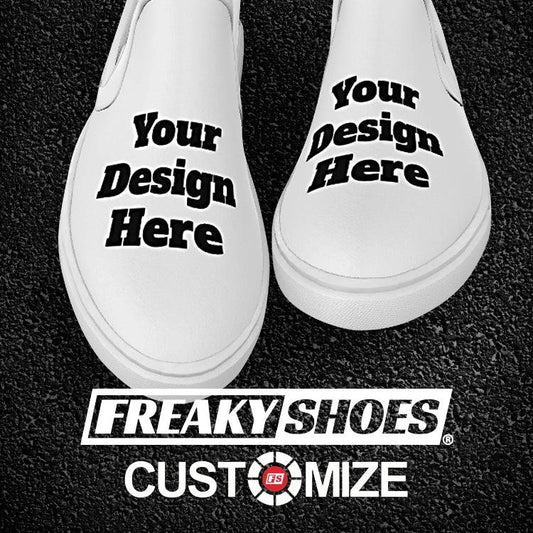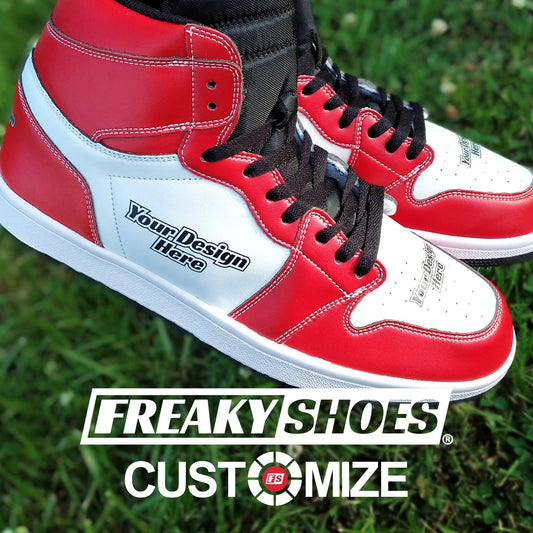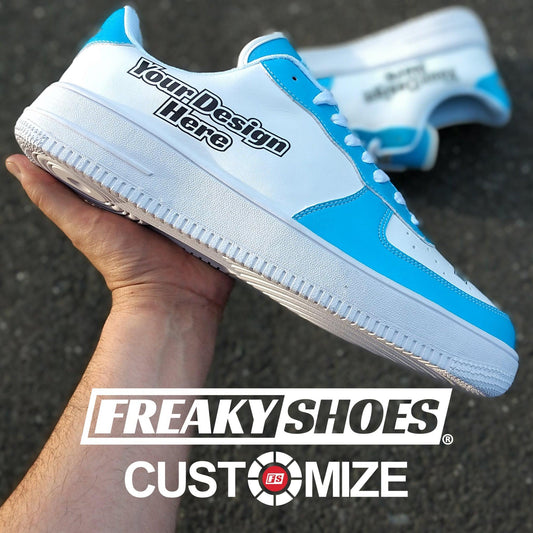Shoes don’t last forever—but they should last longer than just a few months! The problem? Most people don’t take care of their shoes properly. Dirt, moisture, and everyday wear break them down faster than they should.
The good news? With the right shoe care tips, we can keep them new and comfortable for years. For example, simple tricks like waterproof sprays and insoles make a huge difference. Similarly, brushing and shoe tree methods can also do wonders.
Stay tuned, as this guide has everything you need (from quick cleaning hacks to long-term storage solutions). Everything is interesting!
Key Takeaways
-
Keep in mind that cleaning shoes regularly prevents dirt buildup.
-
You should rotate between different pairs to avoid excessive wear.
-
You can stuff shoes with newspaper to keep their shape.
-
Waterproof shoes to protect them from rain and stains.
-
You can also replace insoles and laces regularly for comfort and freshness.
-
Don’t forget to repair worn-out shoes.
-
Use a shoehorn to protect the heel and avoid stepping on the back.
Top 15 Shoe Care Tips: The Ultimate Guide

Taking care of our shoes isn’t just about keeping them looking fresh. It also helps them in two things:
-
Lasting longer
-
Staying comfortable.
Here are the 15 proven shoe care tips for you to follow:
Clean Your Shoes Regularly
There’s no denying that dirt and dust weaken shoe materials over time. Luckily, in our experience, regular cleaning keeps shoes in good condition and prevents stains from setting in.
For everyday dirt, we’ve found that a simple wipe with a damp cloth works. Sneakers benefit from a quick scrub with mild soap and water. The key is to clean them as soon as they get dirty.
However, note that leather shoes need extra care. A dry cloth should remove most dirt, but if deeper cleaning is needed, a leather cleaner works best.
Important Point: Avoid using too much water—it can damage leather.
If your little one’s shoes get dirty often, don’t worry—here’s a guide on how to clean toddler shoes quickly and effectively.
Rotate Your Shoes to Prevent Excessive Wear
Keep in mind that wearing the same pair daily shortens their lifespan. Shoes need time to breathe and recover, so rotating between different pairs prevents moisture buildup.
In our opinion, leather shoes especially need rest days. Sweat and moisture weaken leather if they don’t dry properly. Alternating between two pairs extends their life. It also keeps them more comfortable since the material has time to reshape.
Here’s the deal: A simple rule is to have at least two or three pairs for regular use.
Remove Stains Immediately

Stains set fast. So, acting quickly prevents permanent marks and keeps shoes looking new. For leather shoes, a damp cloth removes most fresh stains.
-
For grease stains, cornstarch or talcum powder absorbs oil if sprinkled on immediately.
-
A suede eraser or brush helps lift stains without damaging the material.
-
For water stains, lightly dampening the entire shoe and letting it dry evenly prevents watermarks.
-
Dabbing with white vinegar works on stubborn spots.
-
For deeper stains, baking soda and water paste can help.
-
Gently scrubbing with an old toothbrush lifts dirt without damaging the fabric.
No matter the material, harsh chemicals should be avoided. Bleach, strong detergents, or too much water can weaken the shoe’s structure.
Avoid Machine Washing Shoes
Throwing shoes in the washing machine might seem like an easy fix, but it causes more harm than good. The harsh spinning motion and water exposure weaken materials, loosen glue, and can shrink certain fabrics.
Sneakers and canvas shoes are the most common victims. While they may survive a wash or two, the repeated impact damages stitching and cushioning. Over time, they lose their shape and support.
Instead of machine washing, spot-cleaning works best. For deeper cleaning, removing the insoles and laces and washing them separately helps. Soaking laces in soapy water makes them look fresh without harming the shoes.
For bad odors, sprinkling baking soda inside overnight absorbs moisture and smells. If extra cleaning is needed, a damp cloth with a bit of vinegar or mild detergent freshens the inside without over-soaking.
If shoes absolutely must be washed, using a gentle hand wash with cold water and air drying is the safest method. Machine drying should always be avoided.
Dry Shoes Properly Away from Direct Heat
Wet shoes can be a disaster if not dried correctly. In our experience, the best way to dry shoes is at room temperature. Stuffing them with newspaper or paper towels absorbs moisture and helps them keep their shape. Changing the paper every few hours speeds up the process.
For leather, wiping off excess water with a dry cloth works best. Suede shoes need extra care—patting them with a dry towel and brushing once dry restores their texture.
Sneakers and fabric shoes dry well when placed in a cool, ventilated area. A fan can speed up the process, but direct heat should still be avoided. Hanging them by the laces also prevents misshaping.
If shoes get soaked often, investing in a shoe dryer is a great option. These use gentle warm air to dry shoes without causing damage.
Use Odor-Fighting Solutions Like Baking Soda
No one likes smelly shoes. Sweat, moisture, and bacteria build up over time, creating bad odors. Regular cleaning helps, but using odor-fighting solutions keeps shoes fresh longer.
Baking soda is one of the best natural deodorizers. Sprinkling a little inside overnight absorbs moisture and neutralizes odors. Just shake it out before wearing the shoes again.
Another trick is using dryer sheets. Placing one inside each shoe overnight leaves them smelling fresh. Coffee grounds (in a sock or small pouch) also work as a natural odor absorber.
Using moisture-absorbing insoles is also a great long-term fix. These not only fight odors but also keep shoes dry, preventing mold and bacteria growth.
Use a Shoe Tree or Stuffing
Shoes lose their shape if left empty for long periods. Shoe trees help them keep their form, especially for leather shoes. They also absorb moisture, keeping shoes fresh.
Wooden shoe trees are the best choice. Cedar ones even fight odor and bacteria. They work well for dress shoes, preventing creases and maintaining the structure.
For casual shoes, stuffing them with newspaper is a budget-friendly option. It helps dry out moisture and keeps shoes from collapsing. This trick works well for sneakers and boots after a rainy day.
If shoes get wet, never dry them with direct heat. Let them air dry with newspaper inside. Heat can cause cracking and stiffness.
Store Shoes Properly in a Cool, Dry Place
Where we keep our shoes affects their lifespan. Heat, humidity, and sunlight cause materials to crack, fade, or grow mold. A cool, dry place is ideal.
Avoid storing shoes in plastic bags, as these trap moisture and lead to bad odors or mildew. Instead, fabric shoe bags or open racks allow air circulation.
For long-term storage, stuffing shoes with paper and using silica gel packs prevent moisture buildup. Keeping them off the floor also reduces dust and pests.
If storing boots, standing them upright keeps them from bending at the ankles. Boot shapers or rolled-up towels work well for this.
Protect Shoes with Waterproof Spray
Water is one of the biggest threats to shoes. A waterproof spray adds a protective layer, keeping them safe from rain and spills.
Leather, suede, and fabric shoes all benefit from waterproofing. It prevents stains, water damage, and premature aging. Spraying new shoes before their first wear is a smart move.
Choose a spray based on shoe material. Leather needs a breathable formula, while suede requires a special suede protector. Fabric shoes, like canvas sneakers, can use an all-purpose waterproofing spray.
Applying it is simple. Hold the can a few inches away and spray evenly.
Keep Leather Shoes Conditioned and Polished
Leather dries out and cracks if not cared for. Conditioning keeps it soft, while polishing restores shine and covers scuffs.
A leather conditioner should be applied every few weeks. It hydrates the material, preventing stiffness. A small amount goes a long way. Buffing with a soft cloth helps it absorb properly.
Polishing gives leather shoes a fresh, professional look. A matching shoe polish works best, applied in small circular motions. After polishing, buffing with a clean cloth enhances shine.
For deep scratches, a tinted leather cream can help. It blends into the leather, masking imperfections. Regular conditioning and polishing make shoes last for years.
Brush and Protect Suede Shoes
Suede needs special care. Unlike leather, it absorbs stains quickly and can be ruined by water. Brushing and protecting it helps maintain its soft texture.
A suede brush is the best tool for cleaning. Brushing in one direction lifts dirt without damaging the material. For tough stains, a suede eraser works well. Avoid using water—it can leave marks.
To protect suede, a waterproof spray is essential. It prevents moisture from ruining the material. Spraying before wearing them outside keeps them looking fresh.
Replace Insoles and Laces Regularly
Laces also play a bigger role than most realize. When they get old, they don’t hold as well, leading to loose-fitting shoes. Dirty or frayed laces also make shoes look worn out, even if the rest of the shoe is in good shape. The good news? A fresh pair of laces instantly refreshes a shoe’s look.
A good rule of thumb is to check insoles every three to six months and replace them if they feel thin. Laces should be replaced whenever they look worn, which is usually every few months, depending on use.
Repair Shoes Instead of Replacing Them
Shoes don’t always need to be thrown away at the first sign of damage. Many common issues—worn-out soles, loose stitching, or scuffed leather—can be fixed. Repairing shoes saves money and keeps favorite pairs wearable for years.
Sole replacement is one of the most common fixes. If the bottom of the shoe is worn down but the upper part is still in good shape, a cobbler can replace the sole. This is especially useful for expensive dress shoes, boots, and even sneakers.
Small cracks or peeling leather can be fixed with leather glue or polish. Scuffed leather shoes can often be restored with a good conditioning treatment and polish. Suede shoes can be refreshed with a suede brush and eraser.
Even sneakers can be repaired. If the cushioning inside feels flat, new insoles bring them back to life. Loose soles can sometimes be glued back with strong shoe adhesive. Instead of tossing out shoes at the first sign of wear, checking if they can be fixed first is always worth it.
Avoid Wearing the Wrong Shoes for Activities
Shoes are made for different purposes. Wearing the wrong type for an activity causes unnecessary wear and even increases the risk of injury. Choosing the right pair for the right job makes a big difference in both comfort and durability.
Running shoes, for example, absorb impact. Wearing them for casual daily use or sports other than running wears them out faster. The cushioning breaks down quicker when used on hard surfaces all day. Similarly, basketball shoes are made for quick cuts and jumps, but they don’t provide the same comfort for long walks.
Dress shoes and boots should be worn for their intended purpose. Walking long distances in formal leather shoes can cause creasing and excessive wear. Work boots are great for tough environments but are too heavy and stiff for casual wear.
Even casual sneakers have their limits. Wearing them for hiking or physical sports strains them in ways they weren’t built for. The soles wear out faster, and the support breaks down quicker.
Having different shoes for different needs keeps each pair in better condition. Running shoes for workouts, casual sneakers for everyday wear, and dress shoes for special occasions—it’s a simple way to make sure shoes last longer.
Use a Shoehorn and Avoid Stepping on the Back of Shoes
The back of a shoe is one of the most fragile areas. Stepping on it while putting shoes on weakens the structure, causing it to collapse over time. Using a shoehorn prevents this damage and helps shoes keep their shape.
A shoehorn makes slipping into shoes easier without bending the heel. It’s especially useful for leather dress shoes and boots, where the back needs to stay firm. Even for sneakers, avoiding unnecessary pressure on the heel extends their lifespan.
Stepping on the back of a shoe repeatedly breaks down the inner support. Over time, this leads to misshapen shoes that don’t fit properly. It also causes discomfort since the heel loses its snug fit.
If a shoehorn isn’t available, loosening the laces fully before putting shoes on helps. Slipping feet in without forcing them through the back reduces long-term damage. Taking the extra few seconds to wear shoes the right way keeps them in better shape for longer.
Remember: The better we treat our shoes, the longer they’ll stay comfortable, stylish, and wearable.
Final Thoughts
Taking care of shoes isn’t complicated—it’s just about building the right habits. In summary:
-
Clean stains as soon as they happen to prevent permanent marks.
-
Store shoes in a dry, breathable space to avoid mold and damage.
-
Rotate between pairs to give each one a break.
-
Replace insoles and laces when they start to wear out.
-
Fix small issues early instead of waiting until shoes are beyond repair.
With these simple habits, our shoes will stay fresh, comfortable, and ready for any occasion.











